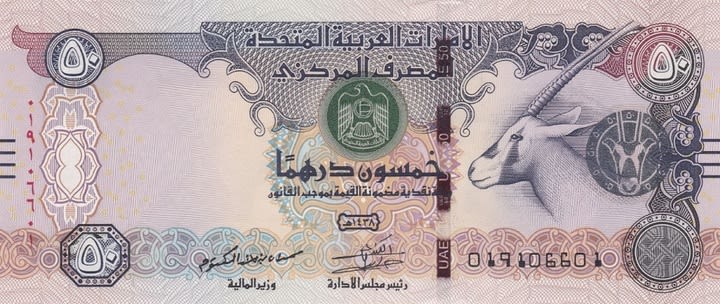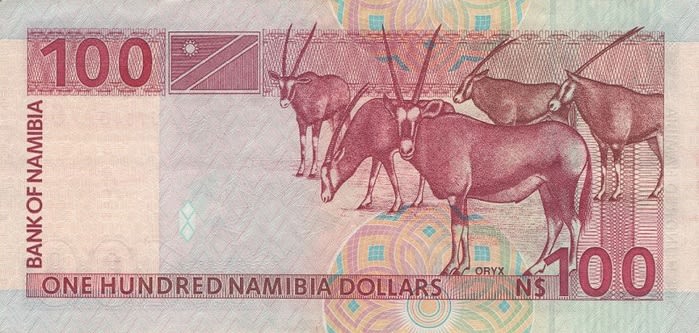Native to the vast and unforgiving deserts of the Arabian Peninsula, this striking antelope species has adapted to thrive in one of the most extreme environments on Earth. Distinguished by its elegant white coat, which reflects the harsh desert sun, and its long, pointed horns, which can reach up to 80 cm (31 inches) in length, the Arabian Oryx is a testament to the remarkable adaptability of wildlife.
One of the most fascinating aspects of the Arabian Oryx is its incredible resilience in the face of the severe challenges of desert life. These animals have developed a suite of adaptations that allow them to navigate the scarcity of water and food. They can survive for extended periods without direct access to water, relying instead on the moisture they can extract from the sparse vegetation that survives in their arid habitat. This ability to extract and conserve water is complemented by their diet, which consists of grasses, herbs, leaves, and roots, each selected for its moisture content and nutritional value.
Despite their adaptations and the seeming vastness of their desert home, the Arabian Oryx faced a grim future in the early 20th century. Overhunting, driven by the demand for their horns and meat, as well as habitat destruction, pushed the Arabian Oryx to the brink of extinction. By the 1970s, the wild population had been decimated, leading to the species being declared extinct in the wild.
However, the story of the Arabian Oryx did not end there. A concerted and collaborative international conservation program was launched in what is considered one of the most successful species recovery efforts in history. This program involved capturing and breeding the few remaining individuals in captivity, followed by a carefully managed reintroduction into their native habitat. Thanks to these efforts, the Arabian Oryx has made a dramatic comeback. From just a handful of individuals, over 1,000 Arabian Oryx live in protected areas and reserves across the Arabian Peninsula.
Distribution
 Egypt
Egypt Official estimate
Official estimate
 Iraq
Iraq Official estimate
Official estimate
 Israel
Israel Jordan
Jordan Kuwait
Kuwait Official estimate
Official estimate
 Oman
Oman Saudi Arabia
Saudi Arabia Syria
Syria Official estimate
Official estimate
 UAE
UAE Yemen
Yemen Official estimate
Official estimate
Anything we've missed?
Help us improve this page by suggesting edits. Glory never dies!
Suggest an editGet to know me
Terrestrial / Aquatic
Altricial / Precocial
Polygamous / Monogamous
Dimorphic (size) / Monomorphic
Active: Diurnal / Nocturnal
Social behavior: Solitary / Pack / Herd
Diet: Carnivore / Herbivore / Omnivore / Piscivorous / Insectivore
Migratory: Yes / No
Domesticated: Yes / No
Dangerous: Yes / No
Arabian oryx on banknotes








